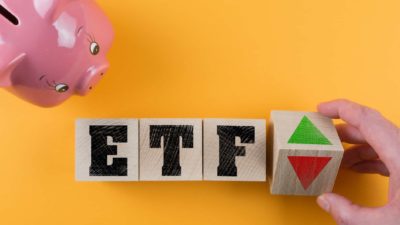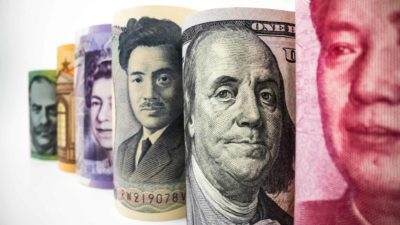Have you just started out investing in ASX shares? A great way to continue is by adding a portion of your wage to your portfolio regularly.
I think it's important at the start to build your portfolio up relatively quickly, building it up to a diversified range of companies and sectors. The quicker you can do this, the less likely you are to suffer any large portfolio losses due to a single company's performance. This is something called unsystematic or company-specific risk. And unlike systematic or market risk, it can be reduced to zero through diversification.
So, buying an exchange traded fund (ETF) such as the BetaShares Australia 200 ETF (ASX: A200) is a great first share to start your portfolio. This ETF provides exposure to the 200 largest companies on the ASX.
However, since these companies are highly skewed towards the banking and financial sectors, I believe the below two shares would make great 2nd and 3rd additions.
WAM Global Ltd (ASX: WGB)
The ASX makes up less than 2% of the world's financial markets. And, the BetaShares Australia 200 ETF is only invested in companies listed on the ASX.
That's why I think gaining some global exposure is prudent when building your portfolio. There are many options out there to achieve this, but I believe one of the best ways is with WAM Global.
While some ETFs and listed investment companies (LICs) only focus on a single overseas market, WAM Global has a broad investment mandate to invest in undervalued international growth companies. While 60% of its portfolio is invested in the largest market in the world, the US, it also has large investments in France, Japan, Germany, the United Kingdom and Hong Kong.
Additionally, WAM Global now pays a growing stream of fully franked dividends and can currently be bought at a discount to its net asset value (NAV). This is something that Chief Investment Officer Geoff Wilson has taken advantage of many times recently through buying shares.
Rural Funds Group (ASX: RFF)
Rural Funds is a real estate investment trust (REIT) which specialises in agricultural farmland. In essence, it owns and leases a diversified portfolio of varying asset types across different climatic regions in Australia. These assets include almond, macadamia and cotton farms as well as vineyards, cattle and poultry assets.
With a weighted average lease expiry of 11.5 years, Rural Funds collects rental income on its assets. This income is then paid out to shareholders through an increasing stream of dividends.
Any money leftover or funds it receives through capital raisings is used to acquire additional assets or increase the value of existing ones. Both of these strategies allow it to earn increasing rental income in future years.
Rural Funds has paid a dividend each year since listing in 2014 and currently offers a forward yield of 5.6%. Despite the increasing dividend, Rural Funds has managed to reduce its payout ratio in the recent half to 76%. This is down from 82% in the prior corresponding period. It's pleasing to see the increasing dividends costing a lower percentage of adjusted funds from operations (AFFO).
Foolish takeaway
I think both of these ASX shares would make fantastic early additions to a portfolio. Both offer great diversification benefits from the 'usual suspects' on the ASX.
Additionally, they also offer growth prospects as well as growing dividends which can be reinvested back into the company through dividend reinvestment plans (DRPs). On this, Rural Funds currently offers a reinvestment discount of 1.5%.






